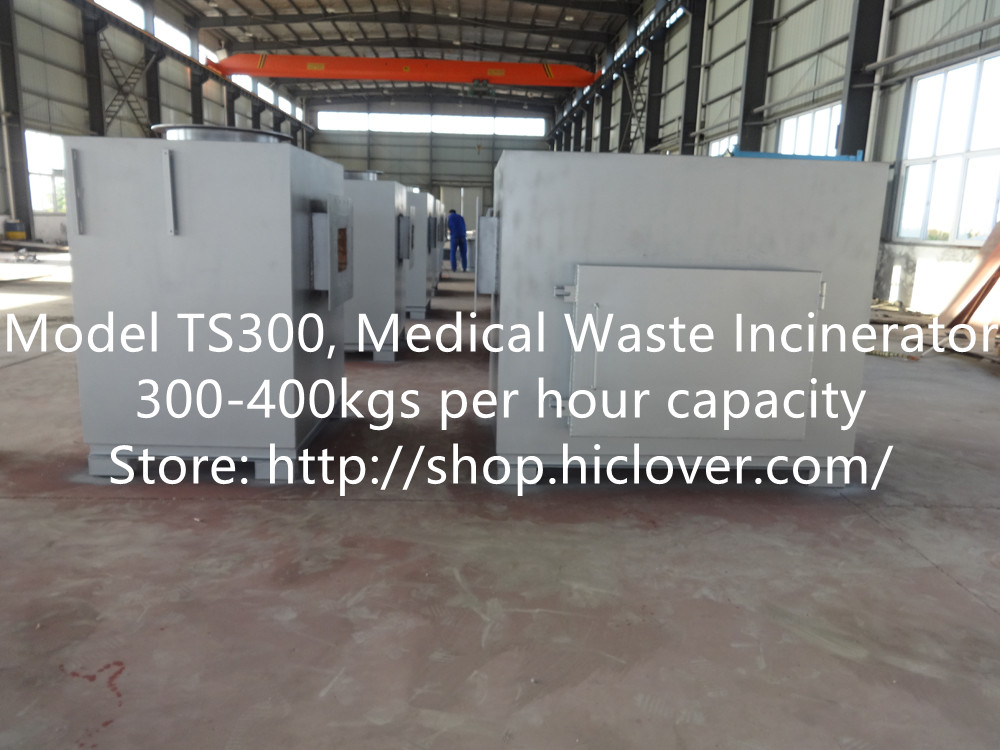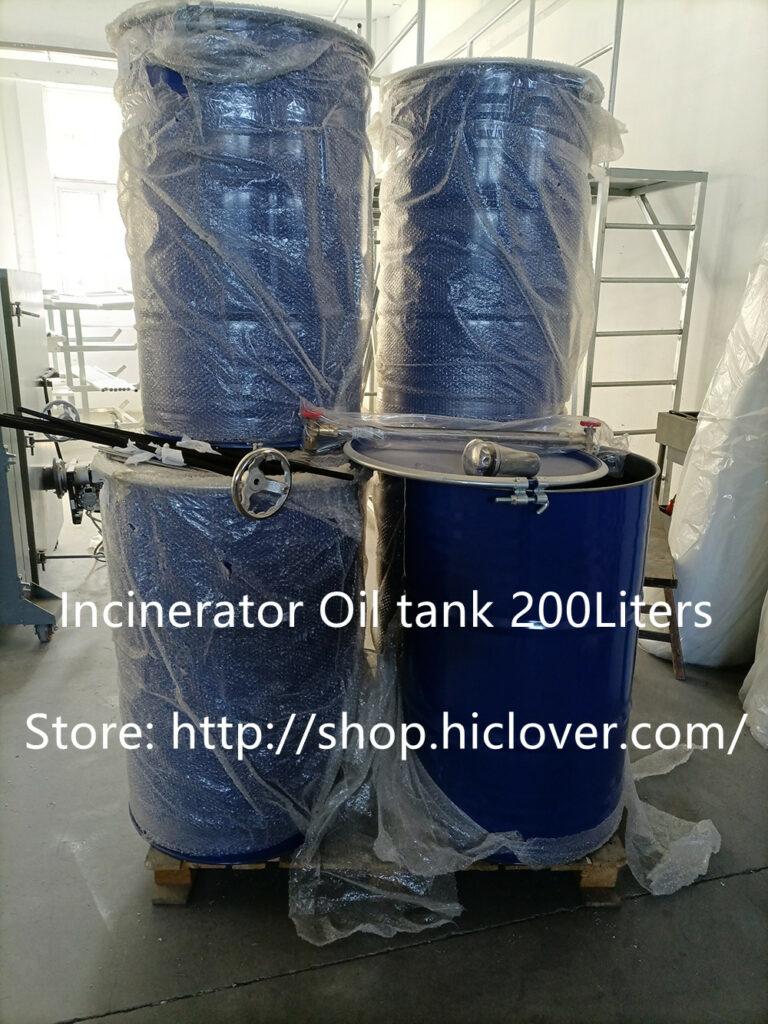Incinerators are a crucial part of waste management, especially for waste that cannot be recycled or composted. However, there are strict regulations governing what can and cannot be burned in incinerators. Understanding the legalities of burning specific waste in incinerators is essential for waste management professionals and facility operators.
One of the key aspects of navigating the regulations surrounding incineration is understanding the different types of waste and their specific legal requirements. There are generally three categories of waste: general waste, hazardous waste, and medical waste. Each of these types of waste comes with its own set of regulations and guidelines for incineration.
General waste is the most common type of waste burnt in incinerators. This includes non-hazardous household, commercial, and industrial waste. However, even within the category of general waste, there are specific restrictions on what can and cannot be burned. For example, certain types of plastics, rubber, and treated wood may release harmful pollutants when burned, and therefore may be restricted in certain jurisdictions.
Hazardous waste, on the other hand, requires special handling and treatment before it can be incinerated. Hazardous waste includes materials that are toxic, flammable, reactive, or corrosive. Examples of hazardous waste include asbestos, lead-acid batteries, and certain chemical compounds. Incineration of hazardous waste is heavily regulated to prevent the release of harmful substances into the air.
Medical waste is another category that has its own specific regulations for incineration. Medical waste includes materials such as used needles, bandages, and other biohazardous waste. Due to the potential health risks associated with medical waste, strict guidelines are in place to ensure proper handling and incineration of these materials.
In addition to the types of waste, there are also regulations surrounding emissions and air quality. Incinerators are required to meet strict air emission standards to minimize the release of pollutants into the atmosphere. This includes regulations on the types and amounts of pollutants that can be emitted, as well as monitoring and reporting requirements.
To navigate these regulations, waste management professionals and incinerator operators must stay informed about changes in legislation and industry best practices. This often involves working closely with regulatory agencies and industry organizations to ensure compliance with the law.
In conclusion, understanding the legalities of burning specific waste in incinerators is essential for waste management professionals and incinerator operators. By staying informed about the regulations governing different types of waste and emissions standards, these professionals can ensure that incineration is conducted safely and in compliance with the law. Effective waste management through incineration relies on a thorough understanding of the legal requirements and a commitment to maintaining high standards of environmental protection.



